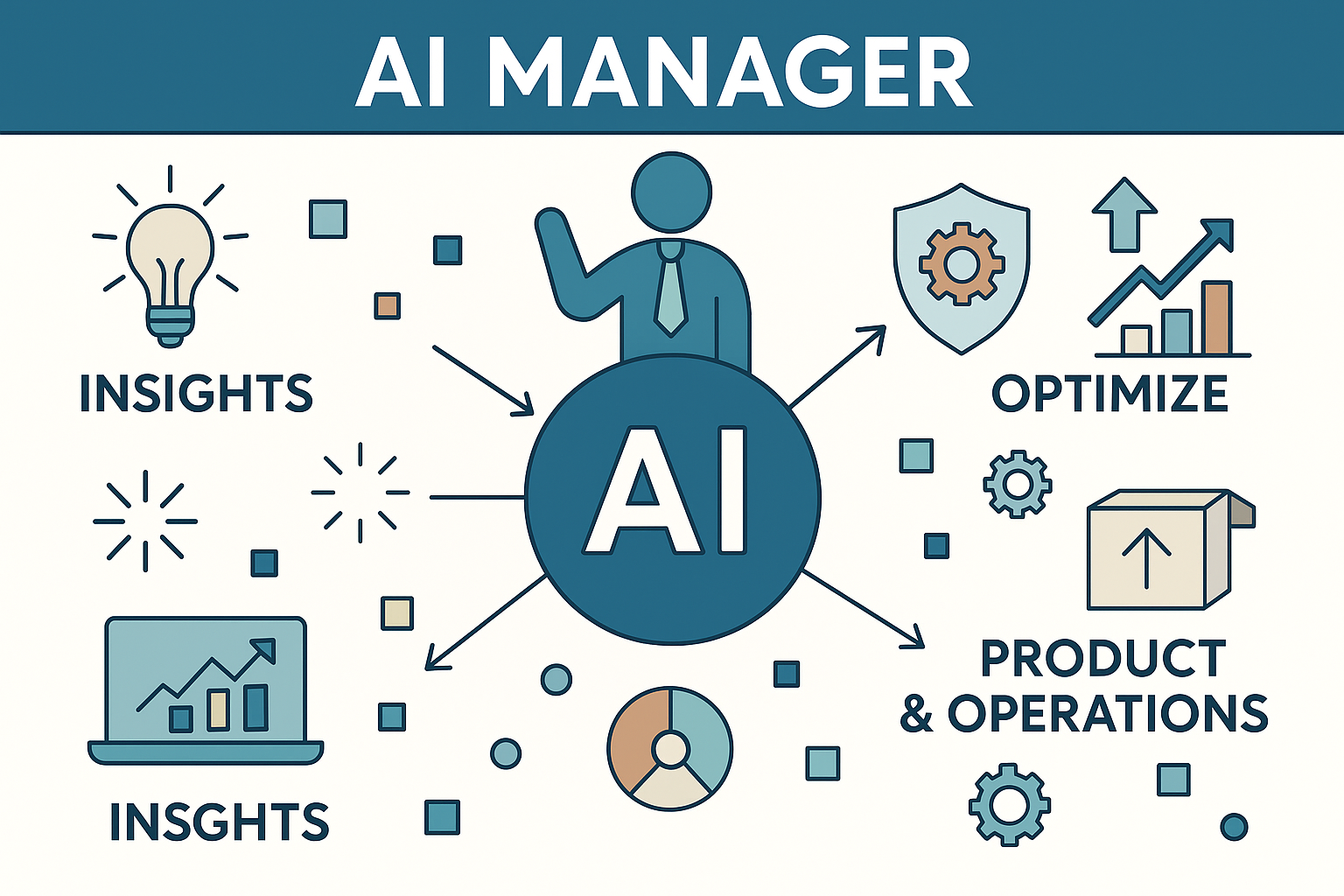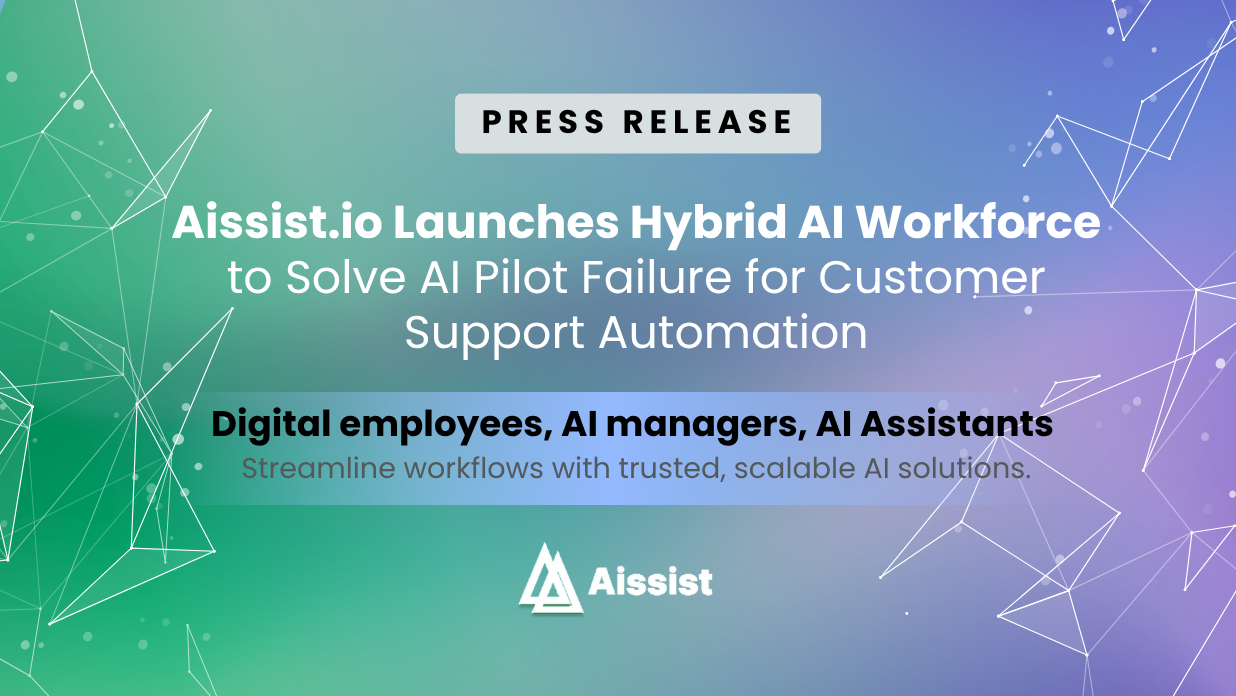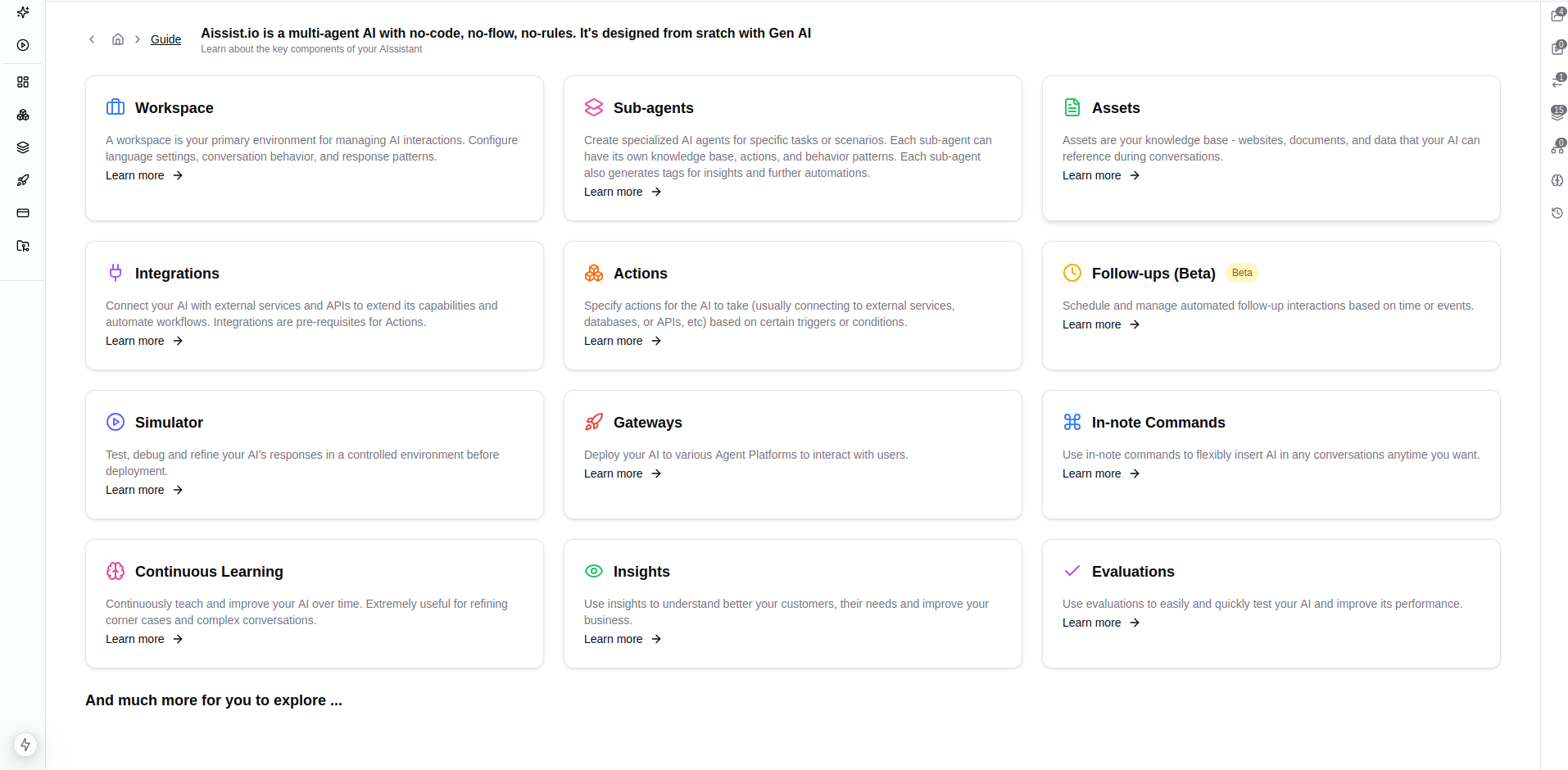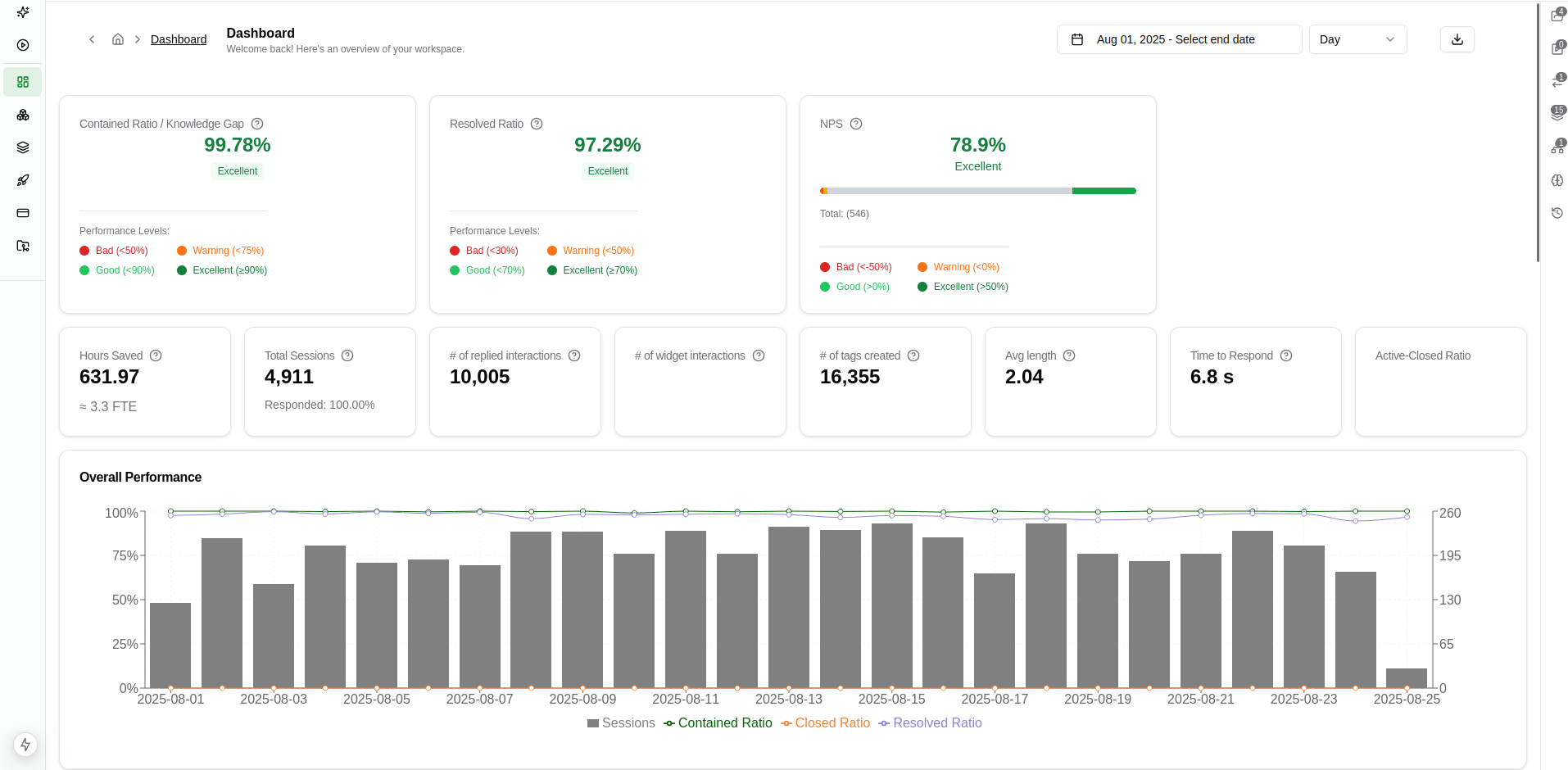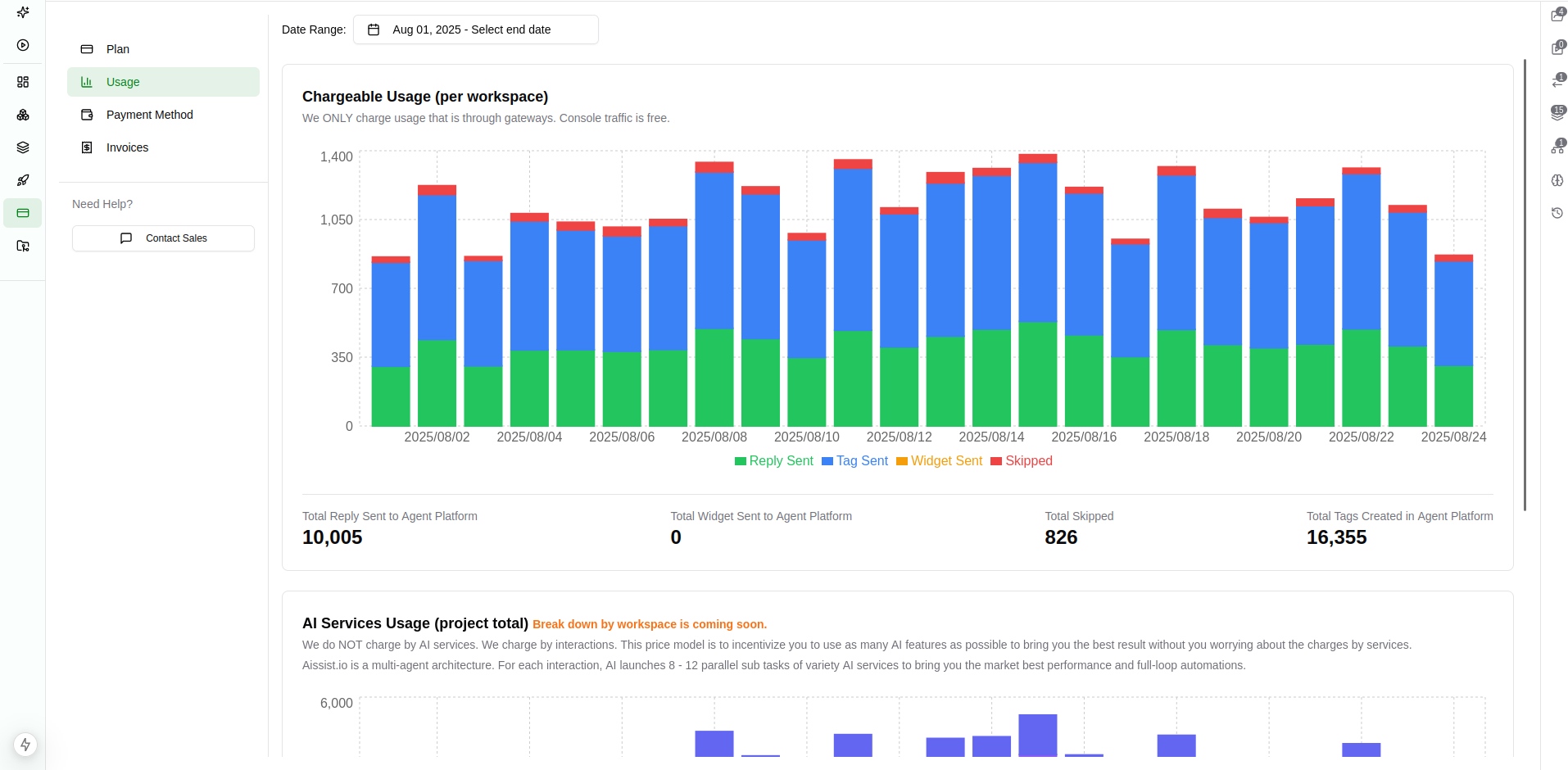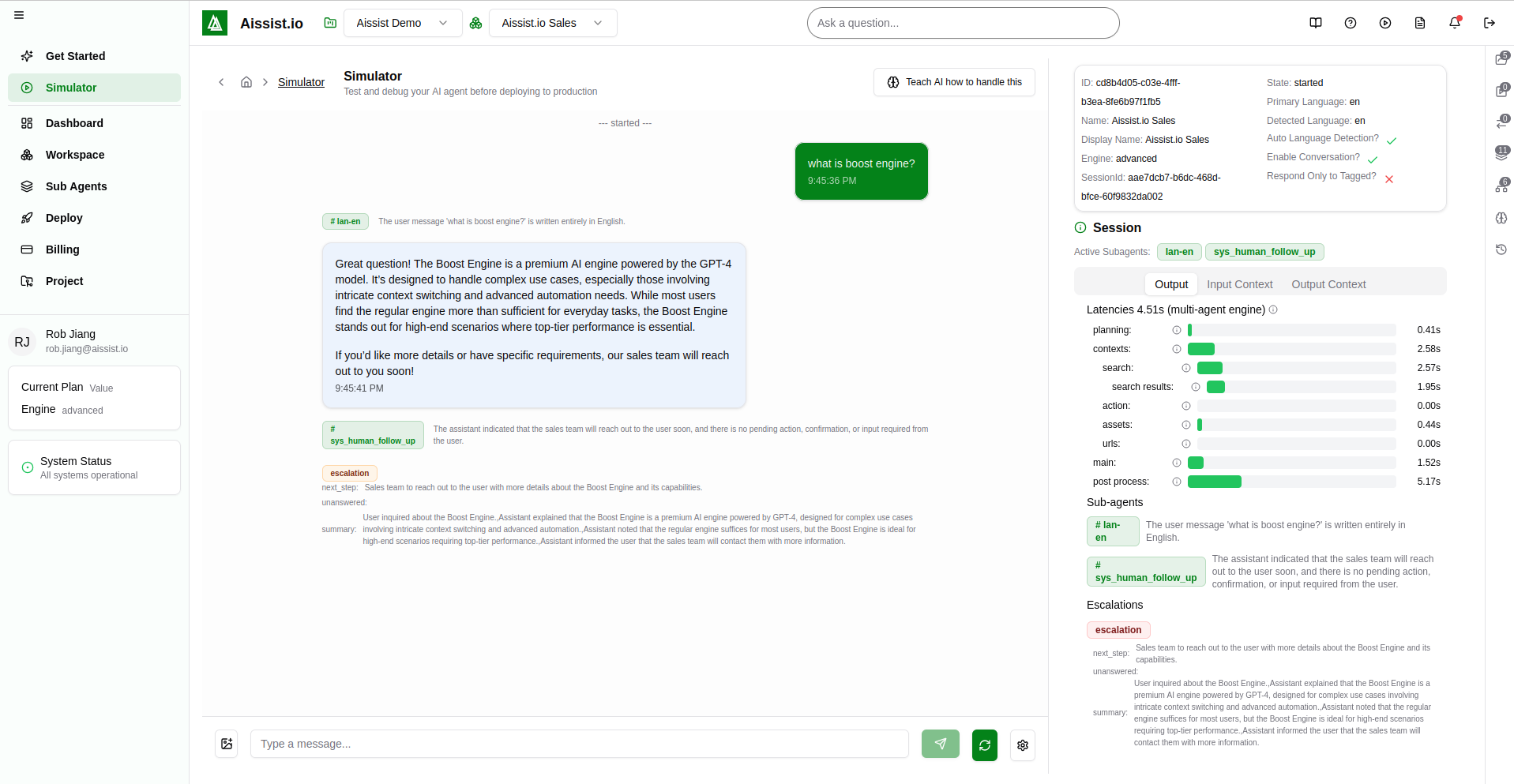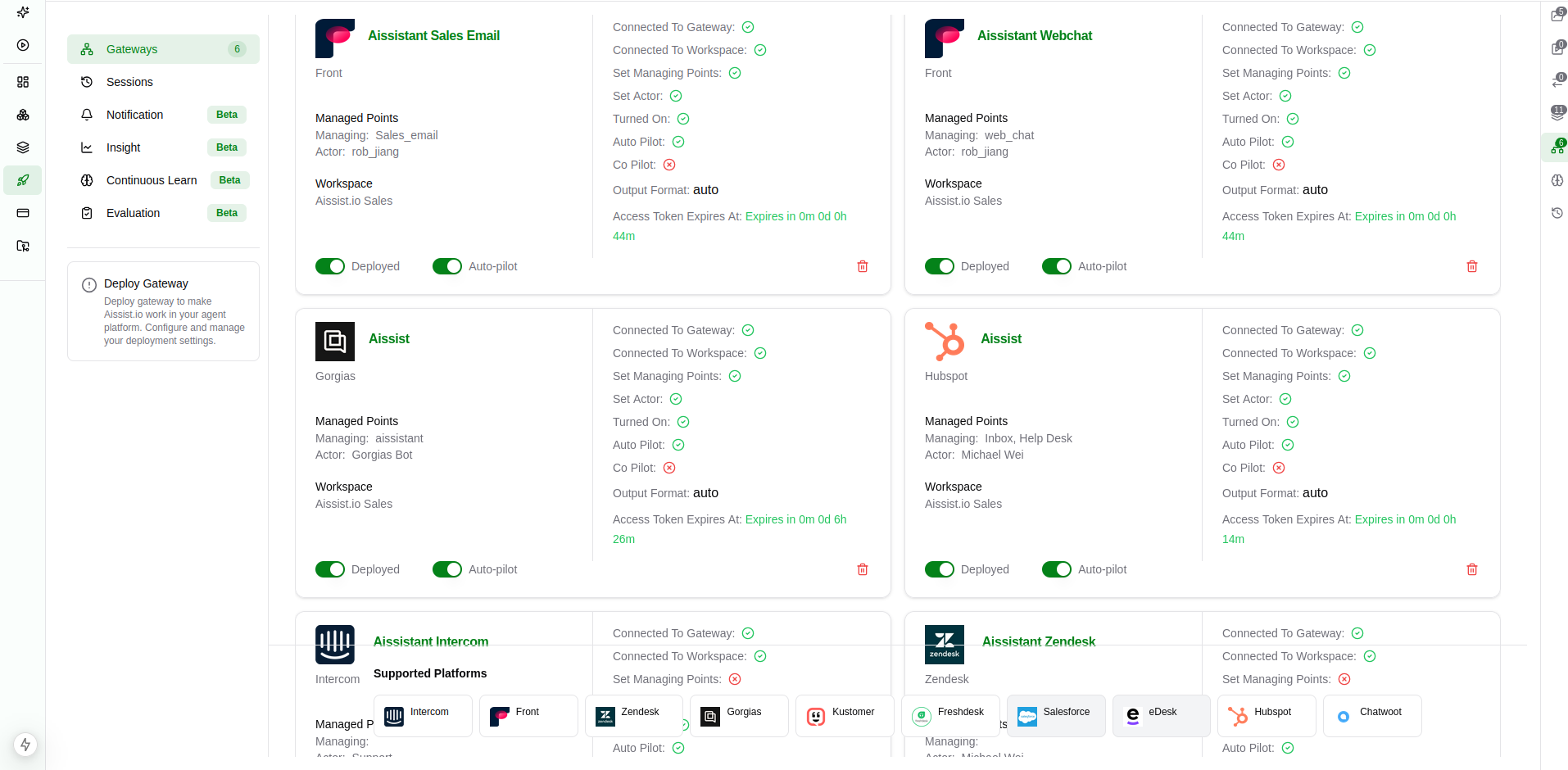"Why we insist on 'No Flows, No Trees, No Rules, No Code' as core principle from day 1?"
Monday Morning Surprise
This Monday started like any other. Coffee brewed, Slack buzzing, inbox full. Then, one headline stopped me mid-scroll: “OpenAI releases AgentKit — a visual platform for building and managing AI agents.”

Wait — AgentKit? A drag-and-drop agent builder? My first reaction was surprise. My second was déjà vu.
You see, over a decade ago, I was building almost the same thing. A flow-based agent system — beautiful boxes and arrows, logic trees, branching conditions, everything connected like a neural diagram drawn by a perfectionist. We thought it would change everything. And for a moment, it did.
But soon, we realized a hard truth: flow systems don’t scale to reality.
So seeing OpenAI, a company that defines the cutting edge of AI, release a flow builder in 2025 — that felt like meeting an old friend who hasn’t changed much since high school.
The Whale in the Pond
Make no mistake: this is a big moment for the agent-building ecosystem. For companies like n8n or Make.com, OpenAI entering the flow-builder market is like a whale swimming into a small pond. It’s going to cause waves.
But for customers? I’m not so sure. Yes, the marketing is polished. Yes, the integrations are convenient. Yes, the components are more powerful. Yes, the UI is more smooth. But at its core, AgentKit is a re-packaging of an old paradigm. And that paradigm — the flow, tree, and rule-based agent — has deep, structural limitations.
The Problem with Flow-Based AI
Expressivity Has Limits
A flow can only express what’s been drawn. You can’t anticipate every edge case, exception, or ambiguity. Sure — you might capture 40%, 50%, 60% of use cases. But what about the rest? That’s where all the complexity lives. That's where production challenges are.
The Spaghetti Monster Appears
Every product manager loves the first clean diagram. Then come the edge cases, the error handlers, the “what if user asks differently” paths.
Soon, the flow looks like spaghetti. Every line connects to every other line, and a single update risks breaking everything. Maintaining these flows becomes a nightmare — and that’s why most end up frozen in time, outdated within months.
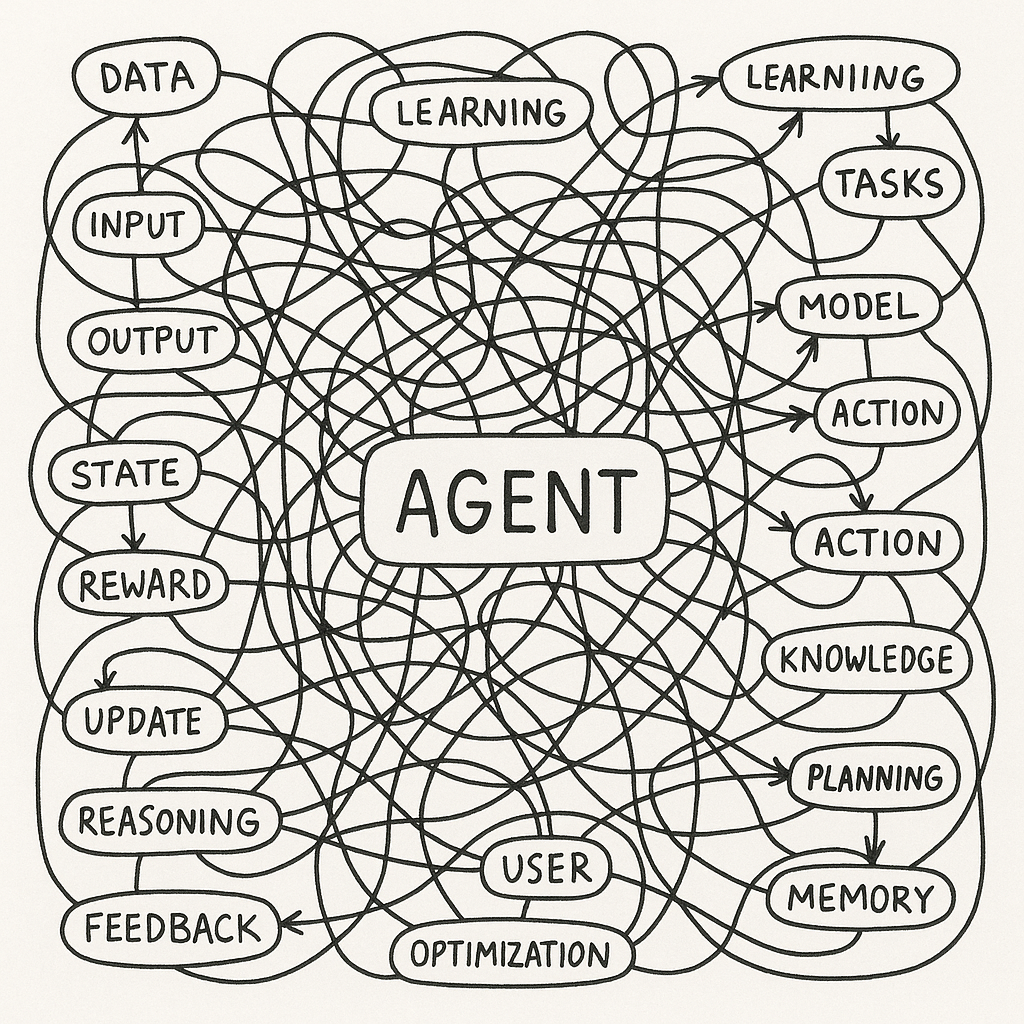
Rigidity Kills Adaptability
Flows are static. Real life isn’t. Customers change, APIs break, logic evolves. A flow doesn’t reason — it only follows. When the world changes faster than your flow does, you’re left behind.
The Deeper Disappointment
OpenAI is supposed to be the company chasing Strong AI, reasoning, general intelligence. Instead, they’ve released what feels like a regression — a tool that looks modern but is conceptually from a decade ago.
It’s easy to say this is “democratizing agent creation.” But we’ve had that for 15 years — IFTTT, Zapier, Make.com, n8n. If democratization was the goal, it’s already achieved. So why this move? Maybe ecosystem lock-in, maybe onboarding simplicity. But whatever the reason, it’s hard not to feel that OpenAI — a trillion-dollar visionary company — just spent its energy reinventing yesterday’s wheel.
What We Chose at Aissist.io — The “No Flow, No Tree, No Rules” Principle
At Aissist.io, we faced the same temptation early on. Flow builders are easy to market, easy to demo, and visually satisfying.
But we refused to take that path.
From Day 1, we committed to a harder, purer principle: No Flow. No Tree. No Rules. No Code Because we believe true intelligence can’t be drawn in boxes.
It must reason, plan, adapt, and improve — not just follow pre-set paths.
Our Digital Agents work this way:
- They reason like humans but scale like software.
- They handle unstructured, unpredictable, high-variance cases that no flow could capture.
- They improve over time, learning from real interactions, not static diagrams.
That’s why our customers achieve:
- 83% average resolution rate
- 4.8+ CSAT
- 50%+ cost reduction
- 2× improvement in sales outcomes
Those aren’t numbers you get from a flow. Those are results you get from intelligence.
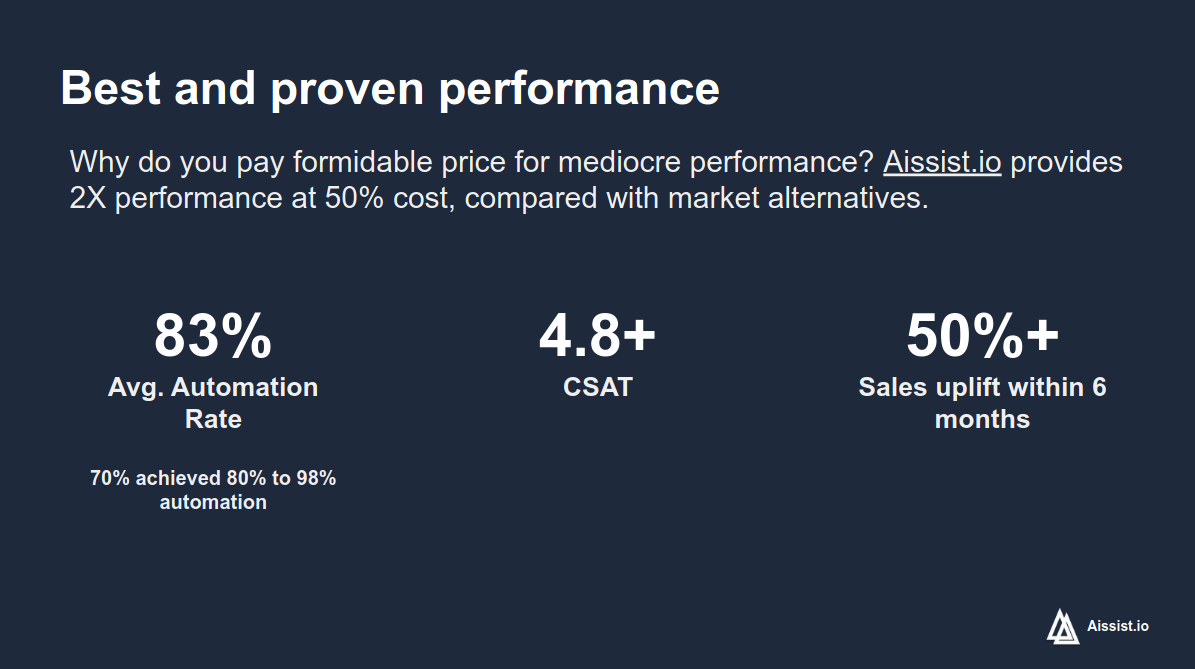
Collaboration, Not Contempt
Don’t get me wrong — we admire OpenAI deeply. Their foundation models power many of our products. Their innovations have inspired an entire generation of builders.
We just hope that a company pioneering the frontier continues to lead forward, not sideways. Because our industry doesn’t need another flow builder — it needs AI that truly understands.
At Aissist.io, that’s what we’re building: Agentic AI that works without rules or rigid flows, learns from context, and performs with pro-human reasoning at enterprise scale.
The Future Isn’t Drawn — It’s Learned
AgentKit will find its users. It will help many teams automate simple processes. But the future of AI won’t be built in boxes and arrows.
The future will belong to systems that learn, reason, and improvise — to agents that can rewrite their own playbook, not just follow one.
So yes — seeing AgentKit was like meeting an old friend. But for those of us building the next generation, it’s also a reminder: we’ve been there before. Let’s not go back. Let’s go forward.

